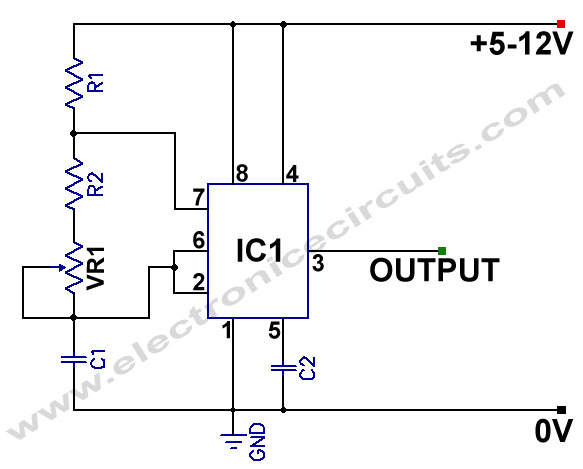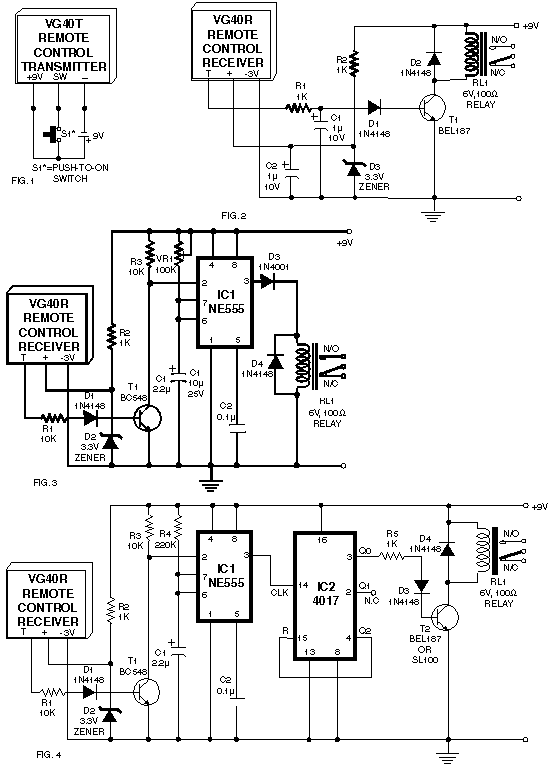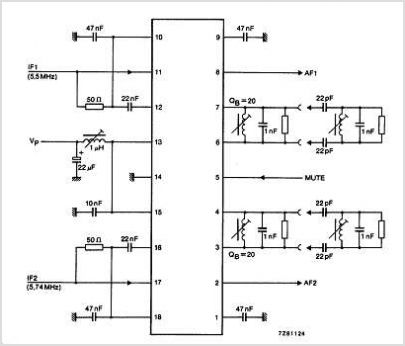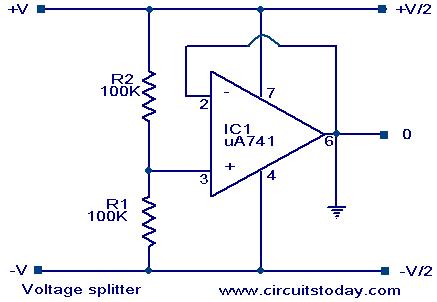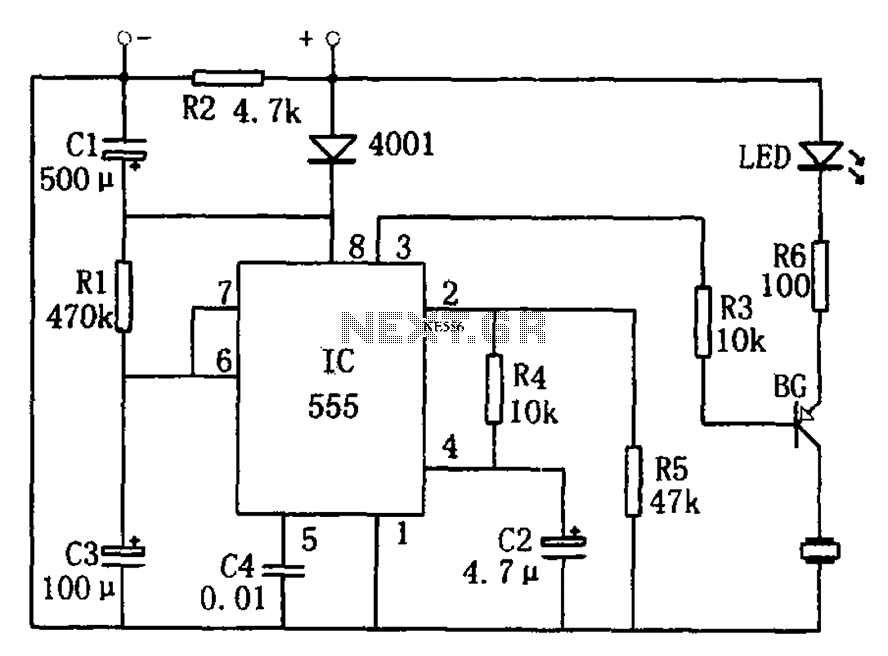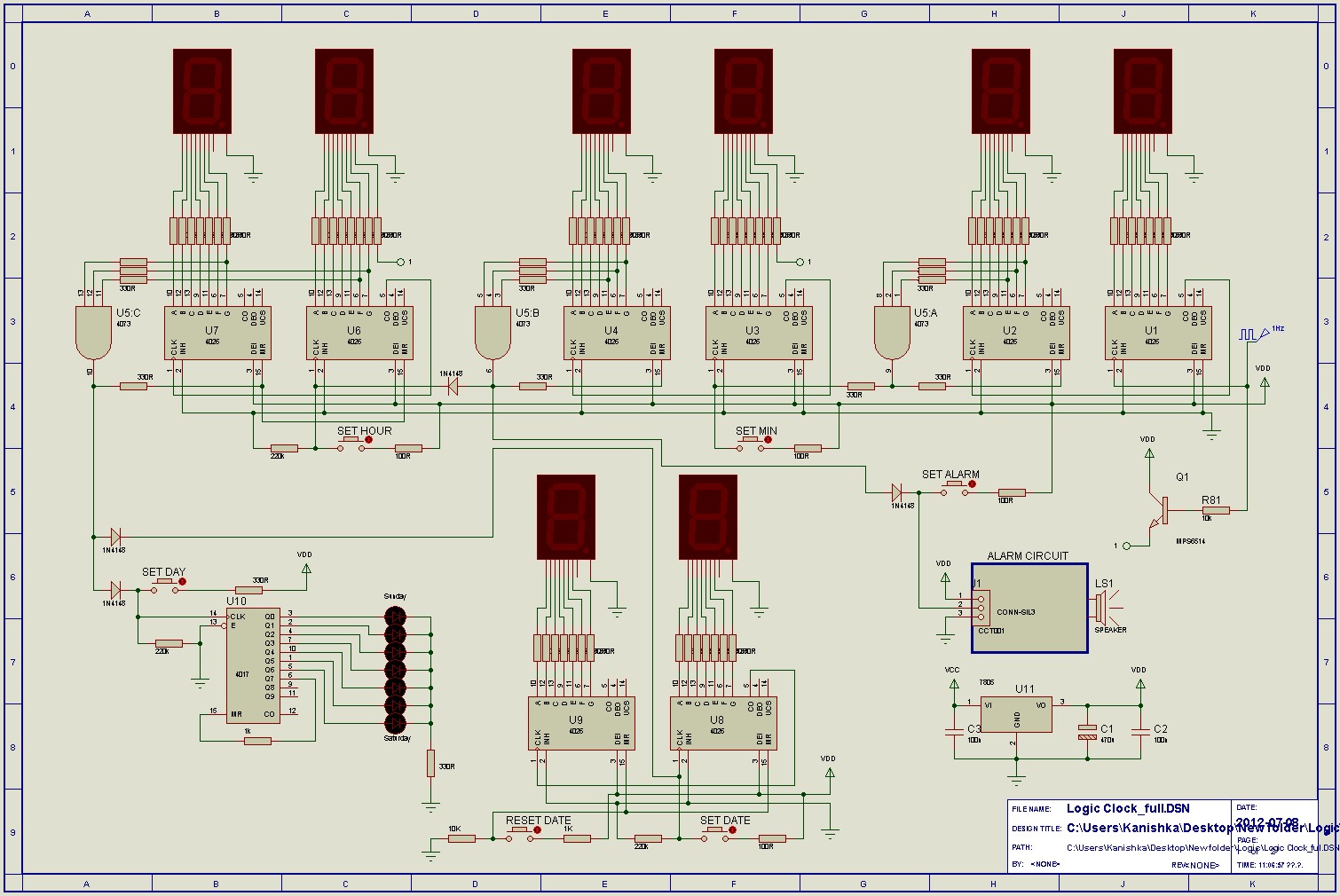
Pulse Position Modulator Using 555 IC
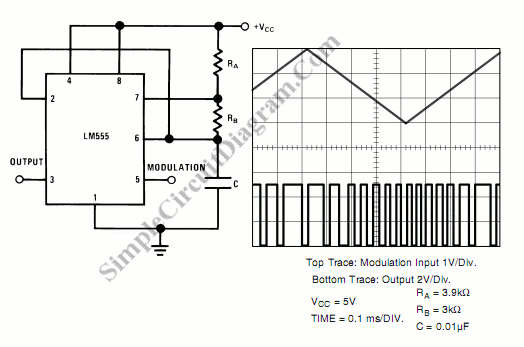
Pulse position modulation is similar to pulse width modulation, but the frequency is not constant. Like pulse width modulator circuit, pulse position modulation...
Pulse Position Modulation (PPM) is a modulation technique in which the position of a pulse within a fixed time frame is varied according to the amplitude of the input signal. Unlike Pulse Width Modulation (PWM), where the width of the pulse changes while the frequency remains constant, PPM alters the timing of the pulse, thereby allowing for a more efficient transmission of data over a communication channel.
In a PPM system, each pulse represents a sample of the modulating signal, with the time interval between successive pulses being directly proportional to the amplitude of that signal. This method allows for a more robust signal against noise and interference, as the timing of the pulses can be more easily synchronized at the receiver end.
The basic components of a PPM circuit include a signal generator, a pulse generator, and a timing circuit. The signal generator produces the modulating signal, which is then processed by the pulse generator to create the PPM signal. The timing circuit ensures that pulses are spaced correctly according to the desired modulation scheme.
PPM is widely used in applications such as optical communications, remote control systems, and digital data transmission, where high noise immunity and efficient bandwidth usage are critical. By varying the position of the pulse rather than its width, PPM can achieve higher data rates and improved performance in environments with significant interference.Pulse position modulation is similar to pulse width modulation, but the frequency is not constant. Like pulse width modulator circuit, pulse position.. 🔗 External reference
Pulse Position Modulation (PPM) is a modulation technique in which the position of a pulse within a fixed time frame is varied according to the amplitude of the input signal. Unlike Pulse Width Modulation (PWM), where the width of the pulse changes while the frequency remains constant, PPM alters the timing of the pulse, thereby allowing for a more efficient transmission of data over a communication channel.
In a PPM system, each pulse represents a sample of the modulating signal, with the time interval between successive pulses being directly proportional to the amplitude of that signal. This method allows for a more robust signal against noise and interference, as the timing of the pulses can be more easily synchronized at the receiver end.
The basic components of a PPM circuit include a signal generator, a pulse generator, and a timing circuit. The signal generator produces the modulating signal, which is then processed by the pulse generator to create the PPM signal. The timing circuit ensures that pulses are spaced correctly according to the desired modulation scheme.
PPM is widely used in applications such as optical communications, remote control systems, and digital data transmission, where high noise immunity and efficient bandwidth usage are critical. By varying the position of the pulse rather than its width, PPM can achieve higher data rates and improved performance in environments with significant interference.Pulse position modulation is similar to pulse width modulation, but the frequency is not constant. Like pulse width modulator circuit, pulse position.. 🔗 External reference
